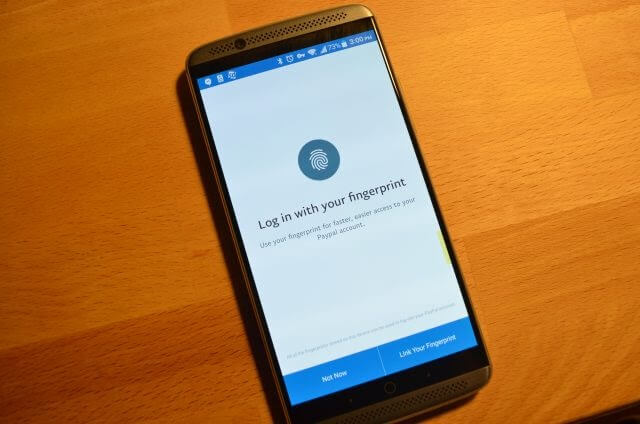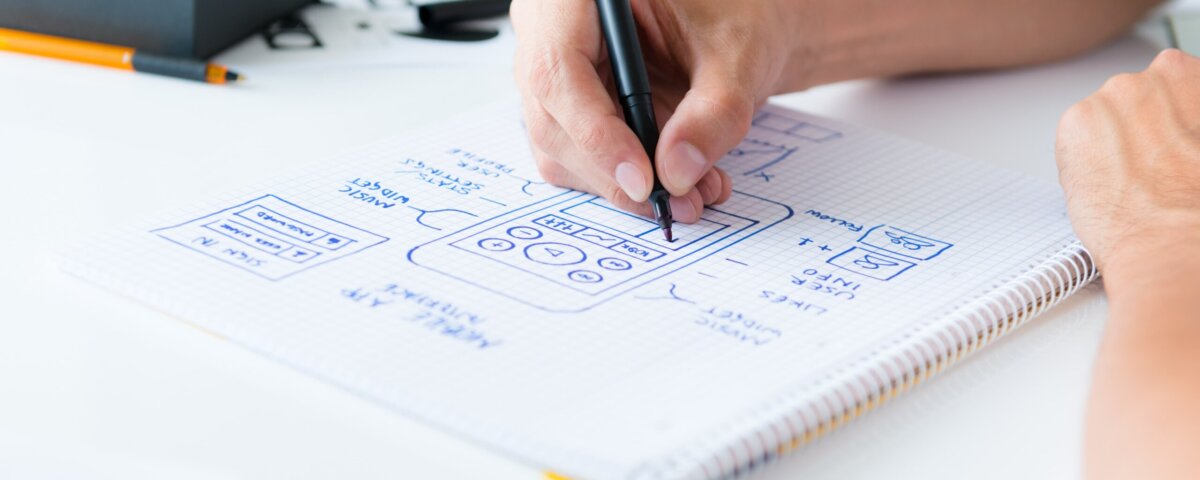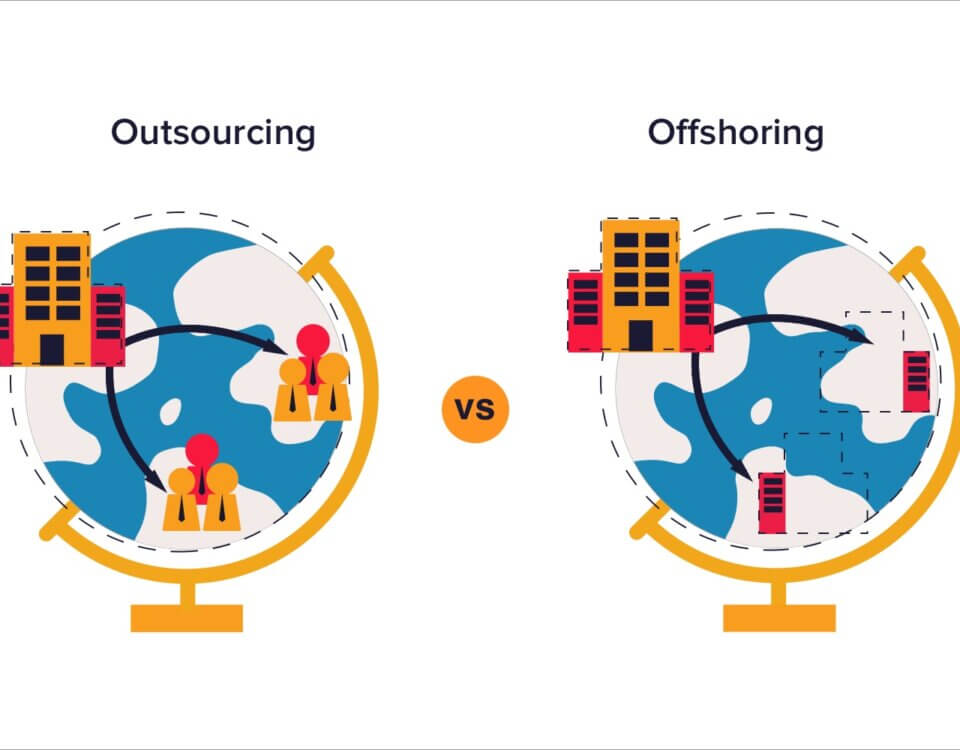
Redefining Tech Talent Assessments
December 16, 2020
10 Ways to Boost Your Website Speed
December 26, 2020Mobile App Design Trends to Watch Out for in 2021
Mobile applications have become an integral part of our lives. From checking the time and date to letting us jot down notes, to helping us process our bank transactions online, we use them to manage our daily tasks conveniently and have made our lives more efficient. Now, it’s hard to imagine a time when we had to survive without mobile apps at our disposal.
Whether you use mobile apps for utility, entertainment, or gaming, there’s no denying that apps have significantly come a long way since their first inception. As new innovations enter the market and technology continues to rapidly evolve, we can only expect that more apps will be created and new features will be added.
Before we delve into the current landscape of these apps, let’s take a look at how mobile app development has evolved throughout the years.
The Evolution of Mobile Apps
Mobile apps refer to software applications that are designed to run on any mobile device like smartphones, tablets, and e-readers. They are frequently designed to provide the same functions that you could access on any PC. But before the apps became available on iOs and Android, there was a time when mobile apps were known as the simple tools that came with any mobile device.
Looking back at how mobile app development started, we could say the first mobile apps that were used were the world clock, contact book, calendar, and calculator. These were all created and equipped on the first mobile phone, which was launched in 1994. Technically, they weren’t even referred to as ‘apps’ back then.
Remember the Snake game, the legendary app that made Nokia’s earliest phones extremely popular? It was an early version of a mobile app too and was considered as the peak of the ‘mobile gaming experience’ during its time. A few years later, there came the very first Blackberry smartphone, famous for its QWERTY keypad and its feature of allowing wireless emails. This pushed for the innovation of mobile app development.
Fast-forward to 2008 and the very first iPhone was launched, which changed the game for app development forever and ushered in a new era for the mobile industry. The iPhone came equipped with pre-built-in apps like maps, photos, weather, and a fully functional web browser. The introduction of Apple’s App Store revolutionized the way people use their phones; when the App Store first went online, 552 apps were released, which can be downloaded on your iPhone. In a span of one week, over 10 million app downloads were recorded from iPhone users. The word ‘app’ got voted as the ‘Word of the Year’ in 2010 by the American Dialect Society.
Google followed suit shortly in 2012. They rebranded their content products such as Android Market, Google Music, and Google eBookStore and placed them in a single marketplace, which led to the Google Play that we know of. Now, Google Play serves as the official app store for all devices running on the Android operating system.
Mobile App Trends of 2021
An app’s UI/UX is the first impression that your mobile app makes with your customers. It helps the user connect with your brand and guides their journey in using your app. The more client-centric your app’s UI is, the more users are likely to engage with it.
That being said, mobile app design should reflect the latest technological innovations and best digital practices, which is why we’re going through this list of mobile app design trends that you should definitely look out for to improve your app:
Improved Personalization
Personalization will be a key element in the mobile app design trends of 2021. According to Gartner, organizations that focus their personalization messaging around helping consumers can expect 16% more impact on their commercial outcomes compared to those who don’t.

A great example of this is Spotify. The music app has a section called ‘Made For You’, where they have curated playlists such as ‘Discover Weekly’, ‘On Rewind’, and ‘On Repeat’, all personalized according to the data collected from the user. Through this feature, Spotify can provide recommendations based on the songs and artists that the user listens to.
Microinteractions
Microinteractions are small moments when the user and your design interact. When incorporated well, these can enhance the user’s experience with your app. Microinteractions can be found in almost every app these days that sometimes we’re not even aware of their existence.

The best example of this is the set of “react” emojis from Facebook.
Animations
Digital illustrations have always been an effective way to add a human touch to an app’s UI. Combine those with dynamic animation and you’re setting yourself up for an improved user experience.
A dynamic, functional animation can deliver lots of data — they can help explain changes, confirm actions, and add a rhythm to the user’s interaction with your app overall.
AR/VR
Augmented reality and virtual reality are no longer new in the gaming industry, but 2020 is the year that these tech innovations will be used by more mobile apps from other industries too. Applying AR and VR technology provides users fresh experiences by allowing them to integrate digital elements into the physical world around them and immersing them in a virtual world respectively.

In 2017, IKEA launched IKEA Place, an app that lets you virtually view true-to-scale IKEA 3D furniture to see how it would look in your place. The app was built using Apple’s ARKit, a developer tool kit that helped encourage enterprises to build AR apps on iOS devices.
Dark mode
Dark themes feature a low-light UI/UX design that brings two essential benefits: a) they can help lower prolong the mobile device’s battery power since dark surfaces use fewer light pixels, and b) for some people, they help reduce eye strain.
3D graphics
3D graphics and design aren’t newcomers in mobile apps anymore but like AR/VR, they have mostly been used for only gaming and entertainment apps.
Nowadays, 3D graphics can also be seen across multiple product categories with the development of devices and mobile & web browsers. 3D graphics add realism to the user’s mobile experience and allow the user to engage with the product in a more fun and interactive way. For example, 3D graphic renders allow users to view a product in 360 degrees.
Passwordless logins
Today, we see more mobile apps have taken into using passwordless logins through the biometrical recognition feature already engraved in our smartphones. Fingerprint scanning, facial recognition, pattern detection, and sign-in links are the new way to go. This authentication method is already utilized by digital banking apps, but we can expect it to dominate more mobile apps in 2021.

Liquid swipe and buttonless designs
Gone are the days of physical buttons in mobile devices. With more mobile screen space to work with, mobile app developers and product designers can give users more data. Gesture-driven UI/UX design in apps are a new thing. Some famous examples of this include Tinder and Instagram.
Conclusion
With mobile app design trends rapidly involving, it won’t be a surprise if we are to see new approaches in just a matter of months. It’s always important to keep an eye on these emerging trends and technologies but mobile app designers and developers must keep in mind that the success of a UI/UX is highly dependent on how it helps its users’ daily lives. At the end of the day, a human-centered design should be the heart of new technology without leaving anyone behind.




